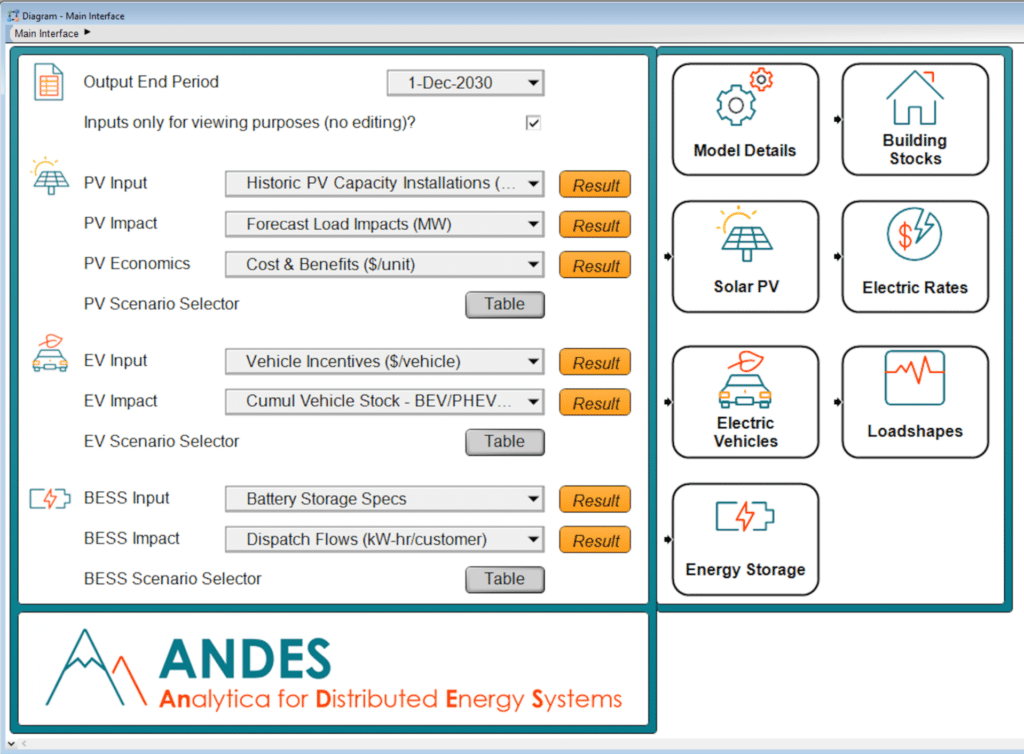
Lumina consulting projects
Lumina’s consulting team helps organizations build and use effective decision tools. We can help you get started, converting legacy spreadsheets into Analytica and coaching your analysts. Or we can build a custom analytics application for you directly. Below are a few case studies of tools we have built for our customers, many of these focus on energy and environmental issues.

Applications
Our team offers robust, ready-to-use models for clients, designed to be repurposed to meet your needs.

Consulting services
We can develop a custom decision model tailored to your organization's needs or train your consultants to create it themselves.

Helping gas utilities reduce risk with RSE
Learn about the decision-support web application named ANAGRAM (Analytica for Natural Gas Risk Analysis and Management).

Are cows worse than cars for greenhouse gas?
Turns out that methane from farm animals generates more greenhouse gas emissions than cars, trucks, trains, and planes combined.

Building electrification: heat pump technology
Lumina set out to build a useful tool to assess the benefits of heat pumps. Learn more about heat pumps and their impact.

EV charging: win-win for utilities & ratepayers?
Will rapid adoption of electric vehicles stress the electric grid? Learn about a utility model that could reduce rates and increase utility earnings.

Could humans lose control over advanced AI?
Researchers used Analytica's influence diagrams to map out arguments and scenarios exploring risks with artificial intelligence (AI).

Helping DOE decide which R&D projects to fund
See how the prioritization of technologies and projects are managed based on the reduction of greenhouse gas (GHG) emissions for the US.
Some Analytica customers














